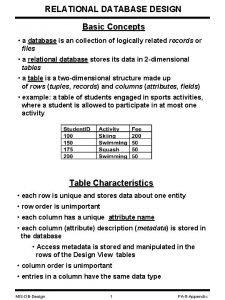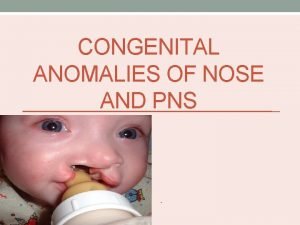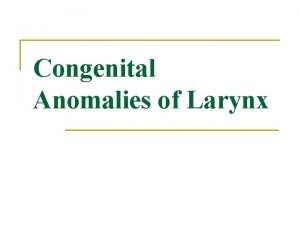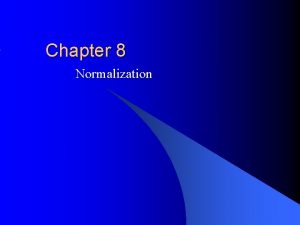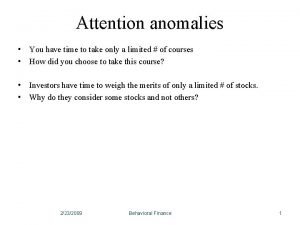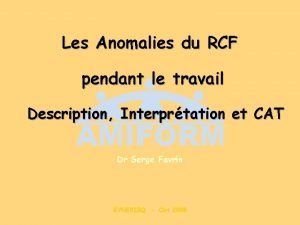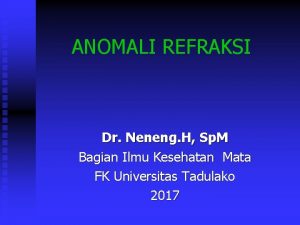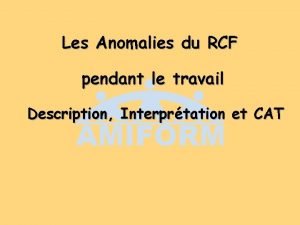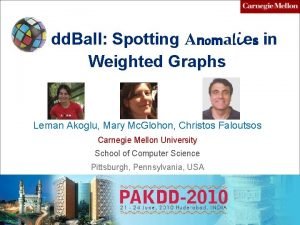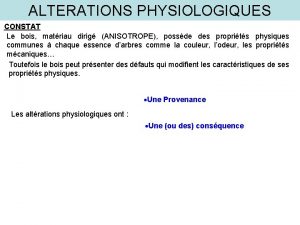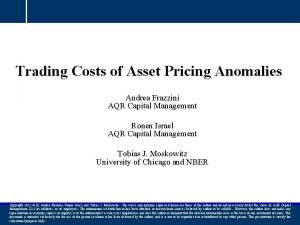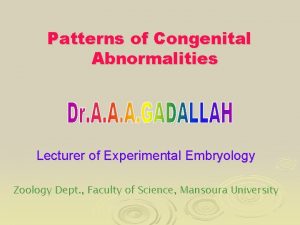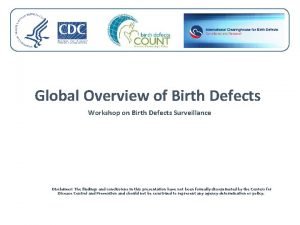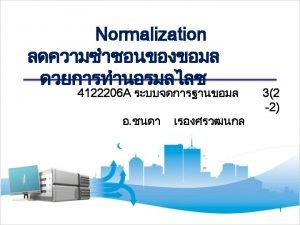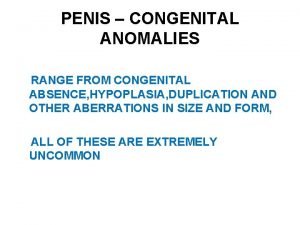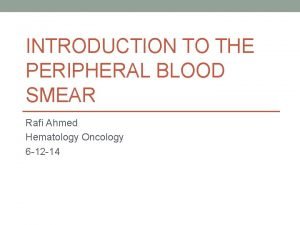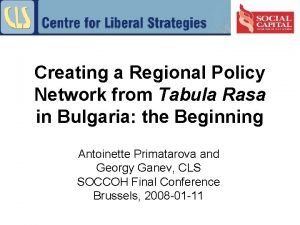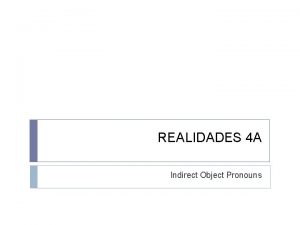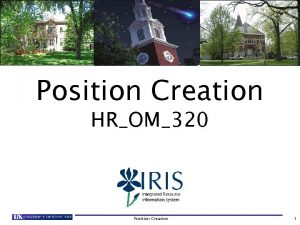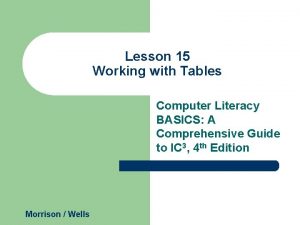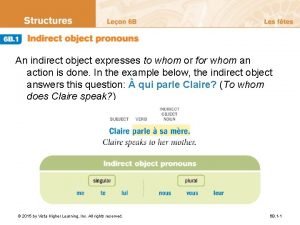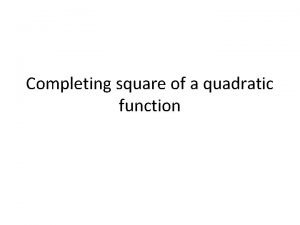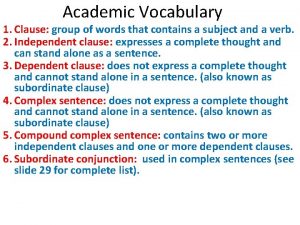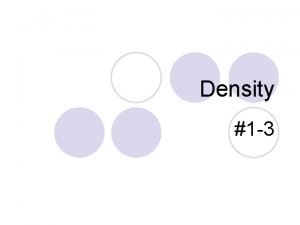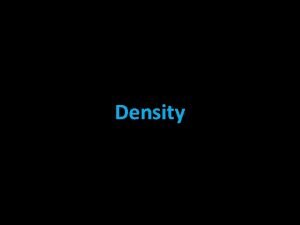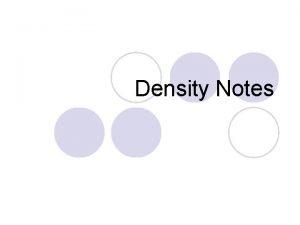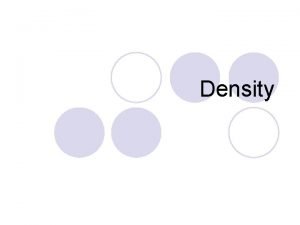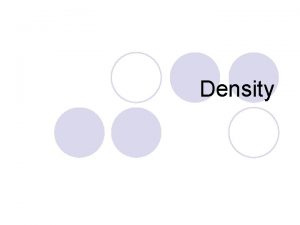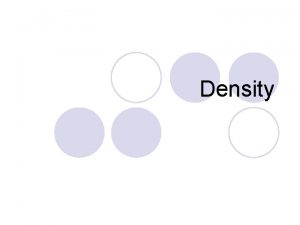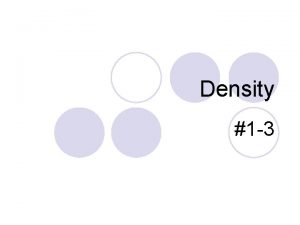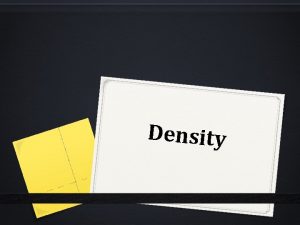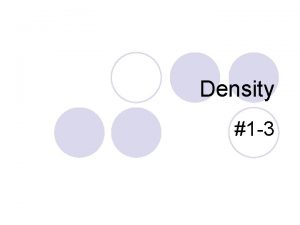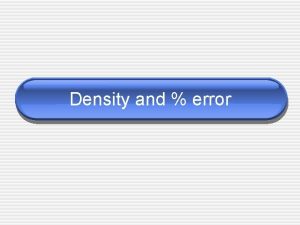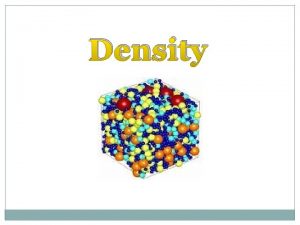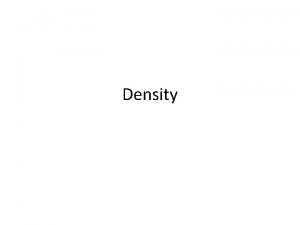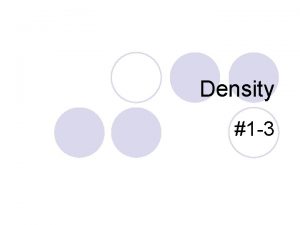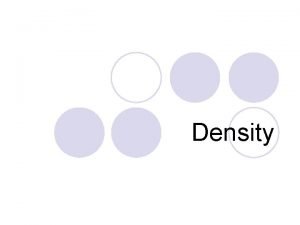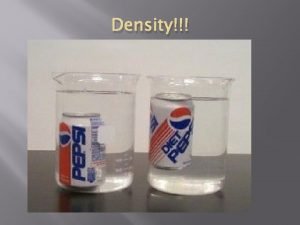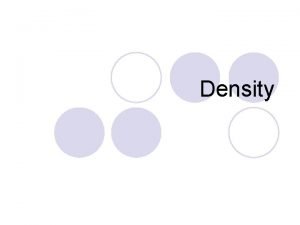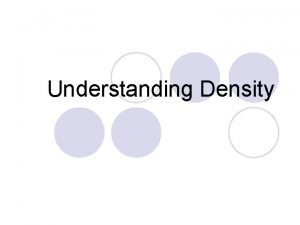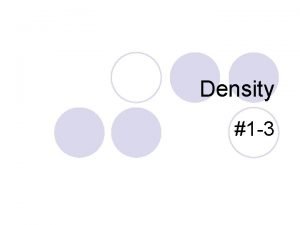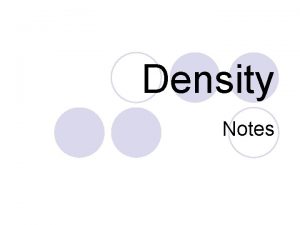References References continued ANOMALIES Risktaking Network Density Paradox
















































- Slides: 48



References

References (continued)

ANOMALIES Risk-taking Network Density Paradox • Apparent contradictions in research findings • Network density is an important moderator of peer delinquency, defined as a range of behaviour patterns (Haynie, 2001) • Higher density implies higher delinquency • Higher smoking among liaisons and isolates than among group members (Ennett & Bauman, 1994) • Higher smoking among popular pupils (Abel et al)

ANOMALIES Risk-taking Network Density Paradox • Researchers use differing methodologies • Network density defined as ego-centric measure (Urdry & Bearman, Haynie) when limited data available • Ego-centric network density is NOT an ideal measure of peer cohesion

DYNAMIC EFFECTS IN DRIFTING SMOKE RINGS • Longitudinal Social Network Study selected from the sample frame of the West of Scotland 11 -16 study into teenage lifestyle, health behaviour and friendships • Three time points selected from 1995 till 1997 in one average school in Glasgow • We measured risk-taking (smoking and cannabis use) behaviour and also social network position • We identified three main social positions : Group member, peripheral to group and relative isolate

SMOKE RINGS(P&M) METHODS • Primary socialisation theory highlights the central part played by peer groups for the socialisation issues of selection and influence (O&D) • Cohesive peer groups are central to the study, since a (near) complete data set is available (95% of year group) • Group peripherals considered to be an important target for selection and influence surrounding risktaking and non risk-taking behaviour • The remaining pupils were categorised as relative isolates

SMOKE RINGS METHODOLOGY • • Three Cohesive Network Positions Peer Group Member Peripheral to Peer Group Relative Isolate Two Behavioural Characteristics Risk-Taker (smoker or cannabis) Non Risk-Taker


DEFINITION OF COHESION • Peer cohesion defined as • Mutuality of ties • Closeness or reachability of subgroup members • Frequency of ties among members • Relative frequency of ties among subgroup members compared to non members (Wasserman & Faust)

CHOICE OF SOFTWARE • NEGOPY defines cohesive groups as a set of at least 3 people who : • Have more than 50% of their linkage with one another (closeness & frequency) • Are connected by some path lying entirely within the group to each of the other members in the group (reachability) • Who remain so connected when up to 10% of the group is removed (relative frequency)

Smoke Rings : Male Groups and Peripherals (time point 2) 158 T 2 10 56 83 14 79 136 T 2 194 195 189 70 91 T 2 46 152 T 2 32 T 2 88 T 2 96 TN 90 T 2 11 134 T 2 72 153 TN 157 T 2 61 69 62 156 T 2 146 TN KEY Smokes occasionally/regularly 42 TN Tried/uses cannabis 81 T 2 74 Tried/uses glue Tried/uses other drugs 60 T 2


Drifting Smoke Rings : Top Girls and Peripherals (time point 2) 38 44 51 LF 84 37 11 41 142 107 139 Group 5 All Girls 147 98 43 202 Group 13 All Girls 57

Group 7 All Girls 51 26 84 147 142 201

DRIFTING SMOKE RINGS LONGITUDINAL METHODOLOGY • Panel Data Collected • Behavioural effect (risk-taking or non risk-taking) together with network effect (peer group, peripheral, isolate) give 6 states • Extension to two time points gives rise to 36 Markov transitional states • In Drifting Smoke Rings we studied the Markov transitional matrices for time points 1 to 2 and for time points 2 to 3.







MARKOV METHODS • Singer & Spilerman determined whether observations on an empirical process arise via the evolution of a continuous time Markov model (Embeddability) • Kalbfleisch & Lawless avoid complexity of embeddability by using a Maximum Likelihood estimator for the intensity matrix rather than the transitional matrix

SMOKE RINGS AND DRIFTING SMOKE RINGS KEY FINDINGS(PERIPHERALS) • The Markov process is non-stationary. More peripherals than expected move to Group Risk. Taking at the transition from age 14 to 15 • The expected time spent in the peripheral states (PENRT and PERT) is less than that spent in other states (unstable) • At all time points of the study the risk-taking behaviour of the pupils on the periphery of peer groups significantly reflected the behaviour of the groups themselves (gullible)




EXPECTED SOJOURN TIMES • Maximum Likelihood Approach (K & L) • Algorithm implemented using MATLAB • Search for a solution, Q, to • Where P is the transitional matrix and Q is the intensity matrix

SOJOURN TIMES • Once Q is identified then the expected waiting (sojourn) times spent in each state (i) during a transitional period are given by : Expected time (i) = • Find an initial approximation for Q as :

SOJOURN TIMES • Assign other values using : And expm(Q) = P (since t=1) Where expm( ) is the MATLAB operator for matrix exponentiation

SOJOURN TIMES • Choose a basis : For the intensity matrix , Q, such that We tested models with b=12, 18 and 22 and identified an improved value of using the K&L algorithm.



DYNAMIC EFFECTS IN DRIFTING SMOKE RINGS INFLUENCE WITHIN A GROUP Group Non Risk-Taker matches Group behaviour and becomes a Group Risk-Taker INFLUENCE GPNRT GPRT Expected time for GPNRT to make transition is 12. 9 months TIME Expected time for GPRT to make transition is 16. 9 months

DYNAMIC EFFECTS IN DRIFTING SMOKE RINGS INFLUENCE FOLLOWED BY SELECTION (EVOLUTIONARY) Peripheral Non Risk-Taker changes behaviour to match that of the Group Peripheral Risk-Taker is selected by the Group and becomes a Group Risk-Taker INFLUENCE SELECTION GPRT PENRT PERT GPRT Expected time for PENRT to make transition is 7 months GPRT Expected time for PERT to make transition is 6. 4 months TIME Total = 13. 4 Months

DYNAMIC EFFECTS IN DRIFTING SMOKE RINGS SELECTION FOLLOWED BY INFLUENCE (NON-EVOLUTIONARY) Peripheral Non Risk-Taker is selected by the Group and becomes a Group Non Risk-Taker matches Group behaviour and becomes a Group Risk-Taker SELECTION INFLUENCE GPRT GPNRT PENRT GPRT Expected time for PENRT to make transition is 7 months GPRT Expected time for GPNRT to make transition is 12. 9 months TIME Total = 19. 9 Months

DYNAMIC EFFECTS IN DRIFTING SMOKE RINGS INFLUENCE FOLLOWED BY REJECTION EVOLUTIONARY RISK Peripheral Non Risk-Taker changes behaviour to match that of the Group Peripheral Risk-Taker is rejected by the Group and becomes an Isolate INFLUENCE REJECTION GPRT PENRT GPRT PERT Expected time for PENRT to make transition is 7 months GPRT ISRT Expected time for PERT to Expected time for ISRT to make transition is 6. 4 months make transition is 12 months TIME

DYNAMIC EFFECTS IN DRIFTING SMOKE RINGS ASYMMETRICAL SELECTION/INFLUENCE (EVOLUTIONARY) Isolate Non Risk-Taker selects friend in the Group Peripheral Non Risk-Taker changes behaviour to match that of the Group SELECTION ISNRT INFLUENCE PENRT GPRT Expected time for ISNRT to make Expected time for PENRT to transition is 8. 6 months make transition is 7 months TIME SELECTION PERT GPRT Expected time for PERT to make transition is 6. 4 months Total = 22 Months

DYNAMIC EFFECTS IN DRIFTING SMOKE RINGS SYMMETRICAL INFLUENCE /SELECTION (NON-EVOLUTIONARY) Isolate Non Risk-Taker changes behaviour to match that of the Group Isolate Risk-Taker is selected by the Group and becomes a Peripheral INFLUENCE ISNRT SELECTION ISRT GPRT SELECTION PERT GPRT Expected time for ISNRT to make. Expected time for ISRT to Expected time for PERT to transition is 8. 6 months make transition is 12 months make transition is 6. 4 months TIME Total = 27 Months

DYNAMIC EFFECTS IN DRIFTING SMOKE RINGS INFLUENCE FOLLOWED BY SELECTION (EVOLUTIONARY) Peripheral Risk-Taker changes behaviour to match that of the Group Peripheral Non Risk-Taker is selected by the Group and becomes a Group Non Risk-Taker INFLUENCE SELECTION GPNRT PENRT GPNRT Expected time for PERT to make transition is 6. 4 months GPNRT Expected time for PENRT to make transition is 7 months TIME Total = 13. 4 Months

DYNAMIC EFFECTS IN DRIFTING SMOKE RINGS SELECTION FOLLOWED BY INFLUENCE (NON-EVOLUTIONARY) Peripheral Risk-Taker is selected by the Group and becomes a Group Risk-Taker matches Group behaviour and becomes a Group Non Risk-Taker SELECTION INFLUENCE GPNRT GPRT PERT GPNRT Expected time for PERT to make transition is 6. 4 months GPNRT Expected time for GPRT to make transition is 16. 9 months TIME Total = 23. 3 Months

DYNAMIC EFFECTS IN DRIFTING SMOKE RINGS ASYMMETRICAL SELECTION/INFLUENCE (EVOLUTIONARY) Isolate Risk-Taker selects friend to become a peripheral Peripheral Risk-Taker changes behaviour to match that of the Group SELECTION ISRT INFLUENCE PERT GPNRT Expected time for ISRT to make transition is 12 months SELECTION PENRT GPNRT Expected time for PERT to make transition is 6. 4 months TIME GPNRT Expected time for PENRT to make transition is 7 months Total = 25. 6 Months

DYNAMIC EFFECTS IN DRIFTING SMOKE RINGS SYMMETRICAL SELECTION/INFLUENCE (NON-EVOLUTIONARY) Isolate Risk-Taker changes behaviour to match that of the Group INFLUENCE ISRT Isolate Non Risk-Taker selects friend in the Group and becomes a Peripheral SELECTION ISNRT GPNRT Expected time for ISRT to make transition is 12 months SELECTION PENRT GPNRT Expected time for ISNRT to make transition is 8. 6 months TIME GPNRT Expected time for PENRT to make transition is 7 months Total = 27. 6 Months

Evolutionary Network Paths • • Existing Link with Another Change behaviour to match other (influence) Selection into Group (or rejection) follows No Existing Link with Another (isolate) Establish link (selection) Match behaviour (influence) Selection into Group (or rejection) follows


Anomalies Revisited: Possible Explanations • Stagnating effect of isolate risk-taking compared with isolate non risk-taking reflected in higher sojourn times • Confusion between network density and popularity (measured by in-degree) • The anomaly of smoking and risk-taking associated with sociometric position and popularity (in-degree) is largely explained by Socio-Economic Status (West of Scotland THi. S Study)

OTHER FINDINGS • Abel et al. support the findings of Pearson & Michell concerning high-status ‘top girls’, who are popular and smoke together in small groups • low-status peripheral ‘try-hards’, who smoke in an effort to be included in a group
 References continued apa
References continued apa What is the specific gravity
What is the specific gravity Planar density fcc 100
Planar density fcc 100 High arithmetic density
High arithmetic density Linear density of fcc 110
Linear density of fcc 110 Nda full dac
Nda full dac Physiological density ap human geography definition
Physiological density ap human geography definition Database anomalies
Database anomalies Anomalies of vitellointestinal duct
Anomalies of vitellointestinal duct Embryology of nose
Embryology of nose Most common congenital anomalies
Most common congenital anomalies Modification anomalies
Modification anomalies Attention anomalies
Attention anomalies Anomalie rcf
Anomalie rcf Anomali refraksi
Anomali refraksi Japan population pyramid
Japan population pyramid Anomalies du rcf pendant le travail
Anomalies du rcf pendant le travail Kode icd 10 clubfoot
Kode icd 10 clubfoot Oddball: spotting anomalies in weighted graphs
Oddball: spotting anomalies in weighted graphs Ferri
Ferri Roulure bois
Roulure bois Frazzini
Frazzini Micrognathia definition
Micrognathia definition Spina bifida
Spina bifida Data redundancy and update anomalies
Data redundancy and update anomalies Cfsv2 monthly prec anomalies
Cfsv2 monthly prec anomalies Disease penis
Disease penis Rbc anomalies
Rbc anomalies Network density
Network density Romeo and juliet act 2 continued
Romeo and juliet act 2 continued Romeo and juliet act 4 scene 2 questions
Romeo and juliet act 4 scene 2 questions Indirect object pronouns (continued)
Indirect object pronouns (continued) Abbreviation of continued
Abbreviation of continued Signal phrases
Signal phrases Table continued
Table continued Continued abbreviation
Continued abbreviation Colon symbol
Colon symbol Demonstrative adjectives continued answers
Demonstrative adjectives continued answers Indirect object pronouns (continued)
Indirect object pronouns (continued) Maligned adjective
Maligned adjective They continued steadfastly in the apostles doctrine
They continued steadfastly in the apostles doctrine Completing the square (continued)
Completing the square (continued) 7-4 lesson quiz factoring polynomials
7-4 lesson quiz factoring polynomials Lesson 2-4 completing the square worksheet answers
Lesson 2-4 completing the square worksheet answers Describing energy section 2 answers
Describing energy section 2 answers Section 1 atmospheric basics continued answers
Section 1 atmospheric basics continued answers Complete the sqaure formula
Complete the sqaure formula Chapter 8 section 3 cellular respiration continued
Chapter 8 section 3 cellular respiration continued Older television sets had tubes
Older television sets had tubes







